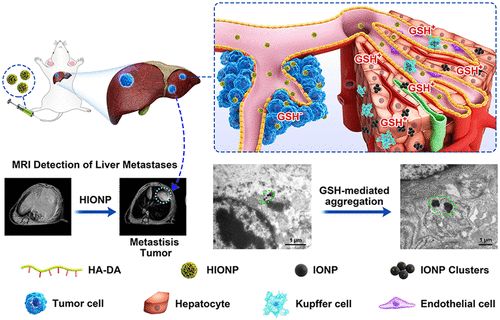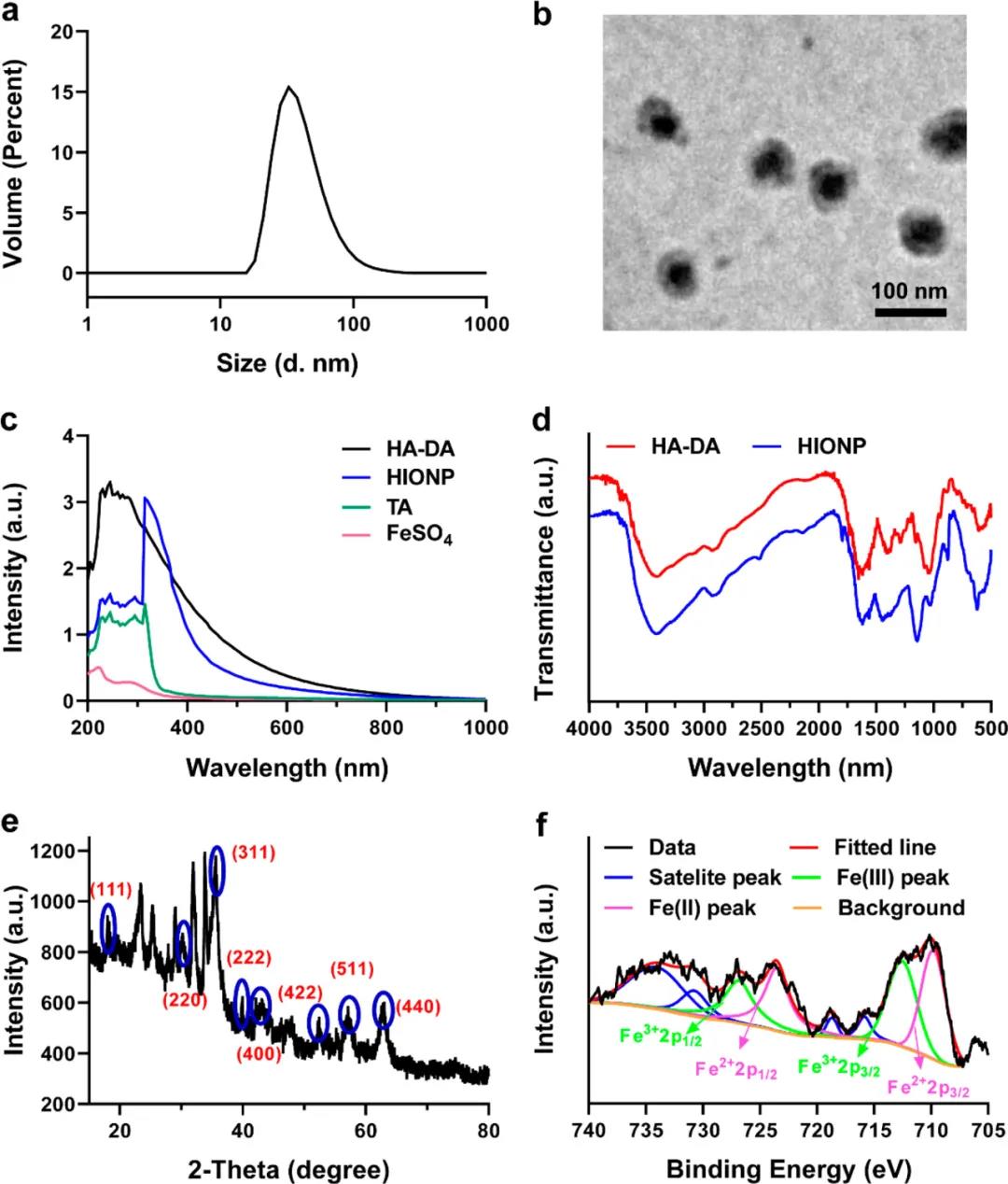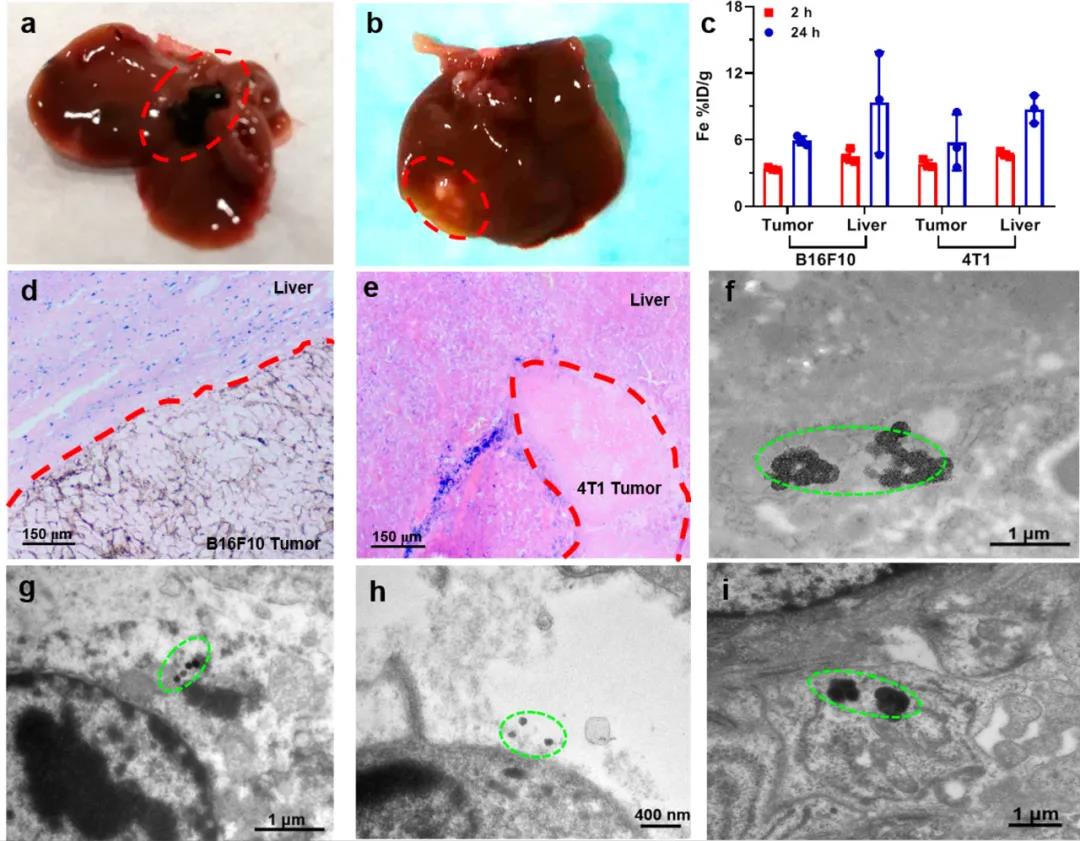Tang Jianbin Nano Lett., Zhejiang University: High-sensitivity diagnosis of liver metastases by glutathione-responsive magnetic nanoparticles
Liver metastases (LM) occur in a variety of cancers, and its early and accurate diagnosis is of great significance. However, due to the subtle differences between normal liver tissue and small metastases, the detection of small LMs is still a huge challenge. Here, Tang Jianbin of Zhejiang University and others used a one-pot method to prepare glutathione (GSH)-responsive hyaluronic acid-coated iron oxide nanoparticles (HIONPs) for high-sensitivity diagnosis of LMs.

Key points of this article:
1) HIONPs as T1 contrast agents (CA) can significantly enhance the MRI signal of tumor metastasis, and when they aggregate into clusters of high glutathione in the liver, they significantly reduce the signal of liver T2 CA. Therefore, the MRI contrast of HIONPs clearly distinguishes the metastatic tumor (bright) from the surrounding liver tissue (dark).

2) HIONPs has excellent LM contrast ability and simple synthesis ability, and is very promising in clinical transformation. It provides a new strategy for the development of an ultra-sensitive MRI CA that uses liver high glutathione levels to diagnose LM.

references:
Xiaodan Xu, et al. Glutathione-Responsive Magnetic Nanoparticles for Highly Sensitive Diagnosis of Liver Metastases, Nano Lett., 2021.
DOI: 10.1021/acs.nanolett.0c04967
https://doi.org/10.1021/acs.nanolett.0c04967

Key points of this article:
1) HIONPs as T1 contrast agents (CA) can significantly enhance the MRI signal of tumor metastasis, and when they aggregate into clusters of high glutathione in the liver, they significantly reduce the signal of liver T2 CA. Therefore, the MRI contrast of HIONPs clearly distinguishes the metastatic tumor (bright) from the surrounding liver tissue (dark).

2) HIONPs has excellent LM contrast ability and simple synthesis ability, and is very promising in clinical transformation. It provides a new strategy for the development of an ultra-sensitive MRI CA that uses liver high glutathione levels to diagnose LM.

references:
Xiaodan Xu, et al. Glutathione-Responsive Magnetic Nanoparticles for Highly Sensitive Diagnosis of Liver Metastases, Nano Lett., 2021.
DOI: 10.1021/acs.nanolett.0c04967
https://doi.org/10.1021/acs.nanolett.0c04967
18915694570
Previous: Nanoscale Adv│MOFs rev


